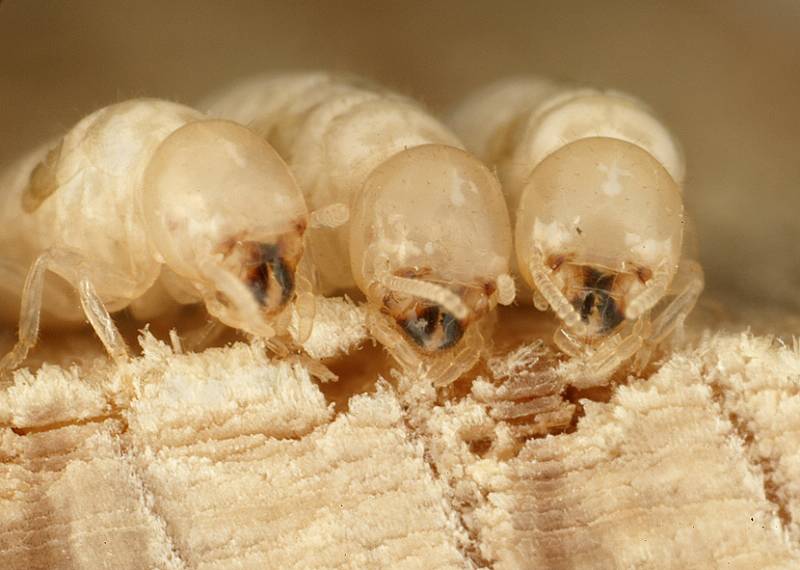Higher Degree by Research Application Portal
| Title | Termite sensory systems and neurophysiology |
|---|---|
| Course | Doctor of Philosophy |
| Project opportunity | Termite mechanosensory systems and neurophysiology |
| Description | Termites are blind and avoid open areas, yet they are able to determine the size of their wooden food by nibbling on it, distinguish conspecifics from other termite species from their chewing on wood and identify ant predators from their footsteps alone. They do this using vibration signals. However, how they detect and interpret vibration signals is unknown. Biologists and engineers at UWA, UTS and UNSW are collaborating to understand just how termites are able to detect and distinguish vibro-acoustic signals. Researchers at UWA are focussed on the biological systems and are looking for PhD students to investigate the sensory abilities of termites. Termites have the standard insect vibro-acoustic sense organs in their antennae (Johnston’s organ) and legs (subgenual organs), yet as termites are able to use vibrations in extraordinary ways, their capacity must be highly developed and adapted for sensitivity. The morphology, relative size, number and placement of nerves in these sense organs are poorly known. Equally poorly known is how their vibro-acoustic sense organs compare to insects that do not rely as heavily on vibro-acoustic signals. PhD projects include in-depth analyses of the behavioural, physiological, and anatomical performance of the vibro-acoustic sense organs in termites and a comparative analysis of sensory structures and physiological responses across other Dictyopterans, such as praying mantids and cockroaches, and Hymenopterans, such as bees and ants, to explore the relationship between vibro-acoustic sense organs and other senses. Working closely with engineers, that will help with stimulus generation, you will learn a range of methods to explore and describe the sensitivity of these animals to vibratory and acoustic signals and how this sensitivity interacts with substrate properties. Results from this work may be used to advance novel pest control methods to protect housing and other infrastructure from termite damage.
|
| Keywords | Sensory systems |
| Vibration signals | |
| Comparative analysis | |
| Behaviour | |
| Electrophysiology | |
| Physiology | |
| Opportunity status | Open |
| Open date | 25 Apr 2025 |
| Research area | Biological Sciences |
| Eligibility | We are looking for motivated students with a background in biological sciences, neuroscience, sensory biology, physiology, or evolution. Engeneers with strong interest in biology are welcome We have positions for both domestic and international students |
| How to apply | Send us your application with a CV, academic achievements, your interests, and an outlook of where you would like to be in 4 years time |
| Scholarship details | |
| Scholarship type | Stipend scholarship |
| Scholarship value | 35,000 |
| School | School of Biological Sciences |
| Course type | Doctorates |
